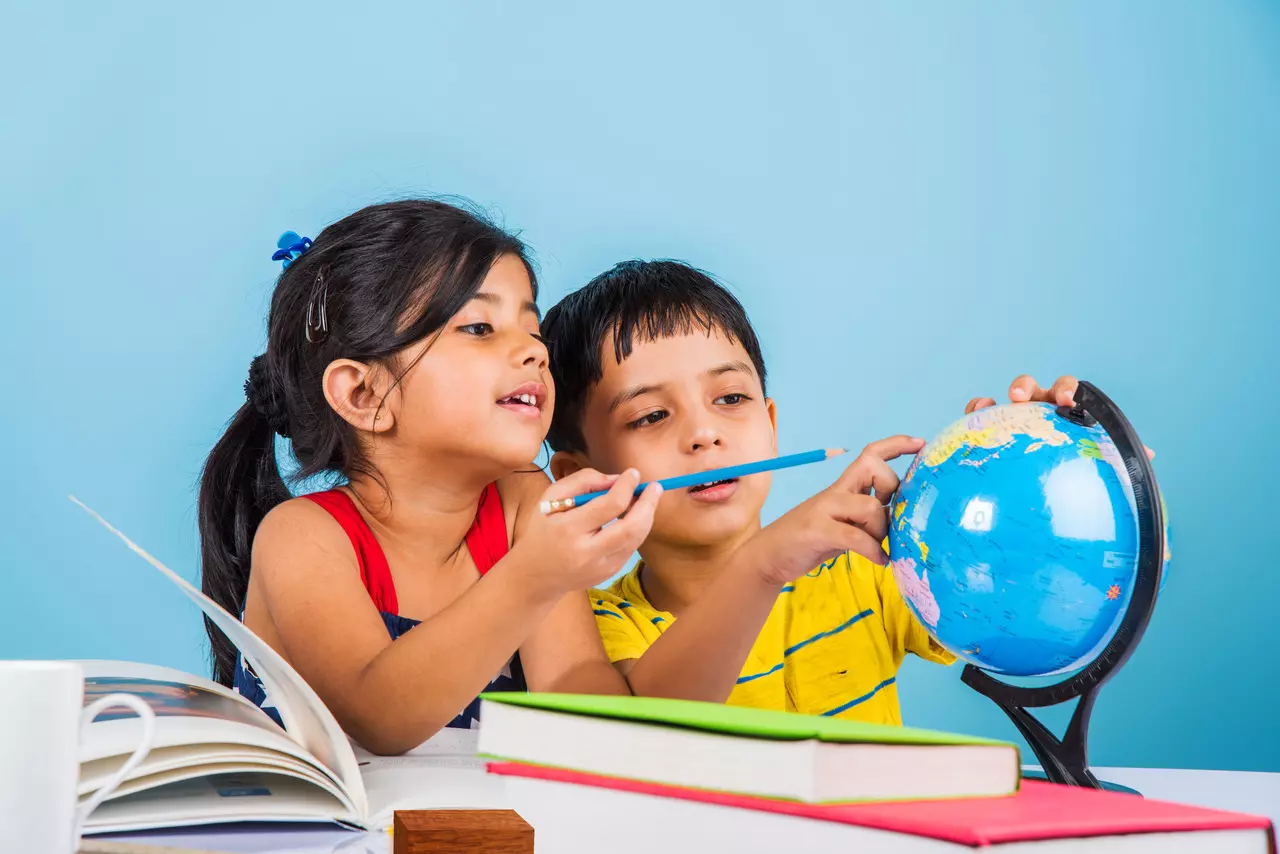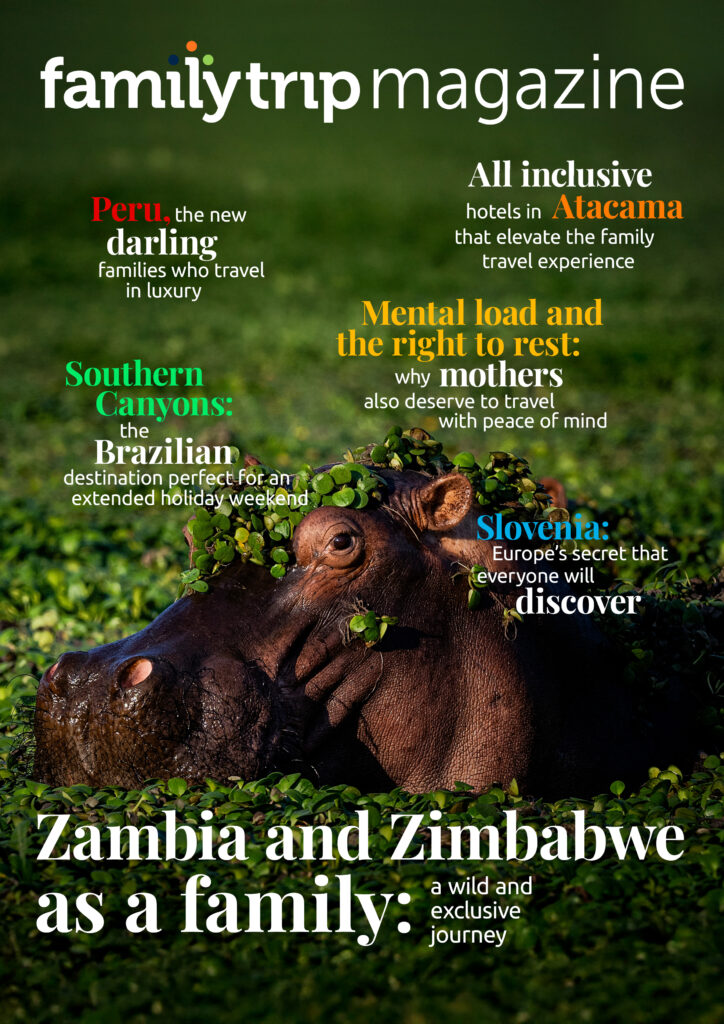
- Lessons from the road
Choosing travel destinations based on school curriculum
It’s possible to transform vacations into an even more meaningful learning opportunity, exploring the real world beyond classrooms
By Natália Faria G. Viana
Traveling is one of the most enriching experiences for families, providing moments of discovery, learning, and connection. When it comes to planning a trip with children and teenagers, there are various options to consider. An innovative and exciting approach is choosing travel destinations based on children’s school curriculum. By doing this, parents can transform vacations into an even more meaningful learning opportunity, allowing little ones to explore the real world beyond classrooms.
The concept of choosing travel destinations based on school curriculum may seem unusual at first glance, but it’s an approach that has been gaining popularity among families seeking a travel experience that goes beyond entertainment. The idea is to leverage students’ knowledge and interests to plan itineraries that enrich their studies and help them experience the subject matter in a more practical and meaningful way.
Imagine, for example, that your child is studying ancient history at school. A trip to Greece could be a perfect opportunity to see ancient temple and theater ruins up close, explore museums filled with historical artifacts, and immerse in rich Hellenic culture. This experience will complement classroom learning and allow the child to connect emotionally with what they’re studying, making the subject more relevant and interesting.
Similarly, if the child is learning about marine sciences, a trip to a coastal region or a visit to an aquarium can be an engaging educational experience. Boat trips, marine animal observation, and educational activities about ocean life will help deepen the child’s knowledge about the topic, making it more real and tangible.
Another idea is to plan a trip that explores different cultures and traditions around the world. If your child’s studies include themes like geography, multicultural societies, or social studies, a trip to destinations with rich cultural diversity can provide an immersive experience in traditions and customs outside their bubble. From tasting typical dishes to participating in local festivals, the trip will transform into a journey of learning and understanding that will broaden their worldview.
To implement this strategy more effectively, it’s important to involve children in trip planning. Talk to them about what they’re studying and which themes they’re most interested in learning more about. Research together about destinations that align with the curriculum and discuss activities that can be carried out in each location.
It’s also fundamental to consult the school and teachers, seeking guidance about topics the children are delving into. Educators can offer valuable suggestions on how to enrich the learning experience during the trip.
Finally, since trips can be adapted to meet different interests and age groups, it’s worth noting that educational tourism doesn’t need to be limited only to school-age children. Even those still in early childhood can benefit from this approach, awakening their interest early on in learning more.
Taking all this into consideration, choosing travel destinations based on school curriculum is an opportunity to combine leisure and knowledge in a playful and stimulating way. Besides creating unforgettable memories, this approach provides a deeper understanding of studied subjects and an emotional connection with the world around us. This way, vacations transform into learning experiences that positively impact children’s and teenagers’ development and curiosity.
Things the Way Family love to pack in their suitcase:
Gate
Eletronics for the travel: smartphone, drone, câmera, charger,…
Destiny
UV clothes, bikinis, caps, diving goggles, snorkel mask and other accessories…

















